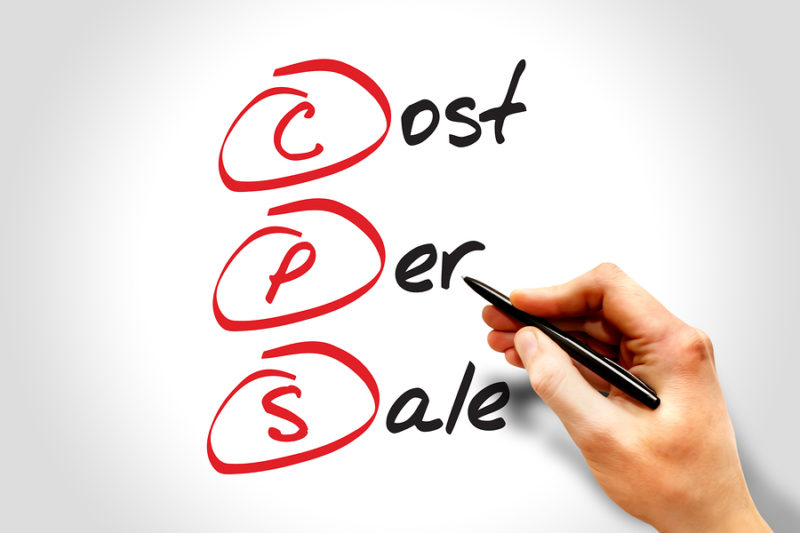Do you know how much it costs your company to make a sale?
It takes money to find, nurture and close customers. Some of these costs are easy to compute. Others are a bit more elusive. But once you can accurately measure your cost-per-sale, you can take steps to reduce it. And that is the goal of sales force productivity.
When trying to determine your cost-per-sale, consider the following:
- Lead Generation (Man-Hours). How much time does your sales staff spend generating leads? What does that time cost your company in terms of salaries, benefits, payroll taxes, etc.? If part of your lead generation program is wholly or partly automated, how much do you spend on this service vs. the number of leads you actually capture? What, then, is the average time investment per sale?
- Lead-to-Prospect Conversion (Man-Hours). What is the average number of man-hours spent converting a single lead into a viable sales prospect? Again, if this is done manually, you have to figure in the cost of benefits and payroll taxes as well as direct salaries, if any.
- Prospect-to-Customer Conversion. On average, how long does it take to turn a prospect into a customer? What activities are required to achieve such conversion? Phone calls? Face-to-face meetings? Travel? Proposal writing? How much does that cost your company in terms of man-hours and attendant costs?
- Advertising Costs. If you use paid advertising of any kind – including both traditional display, direct mail and Web-based pay-per-click (PPC) — what is your total annual spend? How many sales result from these investments? Now divide the total cost by the number of new customers to determine your advertising cost-per-sale.
- Collateral development. Does your company create printed collateral such as brochures, sales sheets and case studies to support field sales force activities? What is your total annual investment in such materials?
- Web-based marketing. Your company website probably represents a major investment, especially if it’s a commercial site through which customers can find and order products or services. Here, you must compute two sets of costs: The cost for creating the original site, and then the cost of maintaining and updating the site to keep the content and functionality fresh and relevant.
- Commissions. Many – if not most – salespeople work on a commission basis. The bigger the sale, the larger their compensation. Such commissions must be figured into the costs associated with acquiring new customers.
- Customer Service. The monies you invest in customer service training and support may not seem related to your cost-per-sale equation, but they are. The quality of your customer service is directly related to customer retention, which is key to maintaining a healthy customer base.
With so many factors to consider, you may find it impossible to nail the cost-per-sale figure down to a precise number. But this exercise can suggest a range of numbers, and identify areas where you can improve sales productivity through strategic improvements. For example:
- Sales Force Training. Identify the Best Practices your top sales producers employ, codify them, and then propagate these Best Practices throughout your sales organization.
- Customer Retention Training. As noted above, keeping customers is just as important – if not more important – than acquiring new ones. Train your salespeople in the strategies and techniques proven to keep customers happy and coming back for more!
- Sales Force Automation. Automation is making major contributions to sales force productivity. Automation includes Customer Relationship Management (CRM) tools, proposal automation, and dynamic tool creators, which are applications that allow salespeople to create localized brochures and other collateral on the fly.
- Website Optimization. Your company website is essentially “ground zero” for all your sales and marketing activities. You want to make sure that your site is easily found, that it functions correctly, and that is provides your customers with a strong, positive experience that supports repeat visits.
Improving sales force productivity is an ongoing process. Always looking for innovative ways to lower costs and improve results should be an ongoing part of your company’s sales and marketing strategy.
Tools & Technology to Improve Sales Productivity
The Peterson Group (TPG) specializes in helping companies of all sizes improve their sales productivity. Our Tools that Sell® and Technologies that Deliver® help companies improve individual sales performance and generate more revenue over time.
For more information, visit www.go4tpg.com or email increasesales@go4tpg.com.



Recent Comments